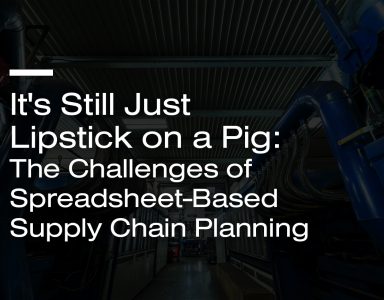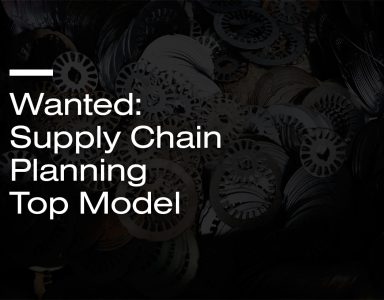It is September 30, 2009. It is the end of the Quarter. Funny things happen to the Supply Chain at the end of the Quarter.
In all industries, companies are trying post sales and make budget numbers. For publically traded companies, the reporting of sales and profits at the end of each quarter is incredibly important. Wall Street will judge the company based on how they perform to objectives, or guidance, that has been communicated with the investment community. This judgment is manifested in the stock price almost immediately. So, it is critically important for companies to make the sales and profit numbers.
In many industrial sectors, if sales are lagging, management and sales will begin offering incentives to customers to buy. These financial incentives to generate large orders result in a surge of sales in the last week of the Quarter. The effect of this is at least 4-fold.
- The financial incentives have to be enough to make customers want to take on more inventory than they may need. These incentives reduce the margin and hence profits in order to achieve the sales number. The bottom line is compromised in order to make the top line.
- A Quarter End surge in sales, all but guarantees an anemic first few week or even two months of the next quarter.
- This sets up the need to have to have a very strong third month of the next quarter. This means more incentives. The pattern of the previous quarter will be repeated again.
- Companies actually train the customers to rely on this buying pattern i.e. to wait until incentives are of sufficient size at the end of the quarter. It is a self-perpetuating vicious cycle.
This sales cycle puts a lot of stress on everyone and especially the Supply Chain. The later in the Quarter the sales surge comes, the greater the stress. In order for the sales to be counted in the Quarter, the goods must be invoiced and shipped before the end of the month. With Sarbanes – Oxley, the rules are quite clear and definitive. Thus, the later the surge is in the Quarter, the tighter the timeline is to get everything done: processed, picked, packed, and shipped.
There is finite capacity in the Supply Chain. There is a fixed manufacturing and assembly capacity. If the sale surge is greater than this capacity, inventory must be built in anticipation. Ask around, there are many examples where 40% of the Quarter Sales are shipped in the last two weeks of the Quarter. Building inventory in anticipation means companies rely more heavily on forecasting for this build-up and risk getting the mix of products wrong and thus affecting customer service.
With a large surge at the end of the quarter, distribution and transportation is also stressed. Distribution Centers have a finite capacity. Overtime and temporary workers are required to make the Quarter end deliveries. The same applies to containers and trailer availability at the end of the Quarter. In an effort to secure transportation and expedite shipments, premiums have to be paid.
Every Supply Chain executive wants to level load the factories and distribution centers. This allows for a steady and reliable transportation requirements. The reality often is very different. The vicious cycle of Quarter End peaking and sales surges is easy to get into and extremely difficult to break out of. It is the primary cause for inventory, service issues, and manpower issues at the end of one Quarter and the beginning of the next.


